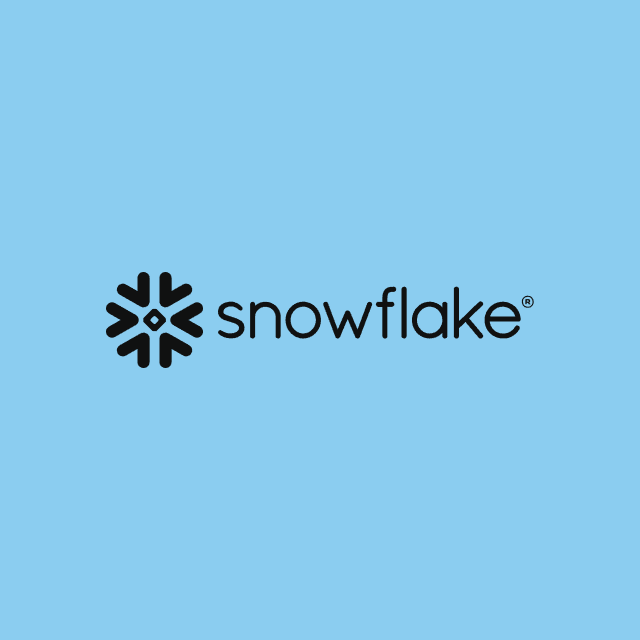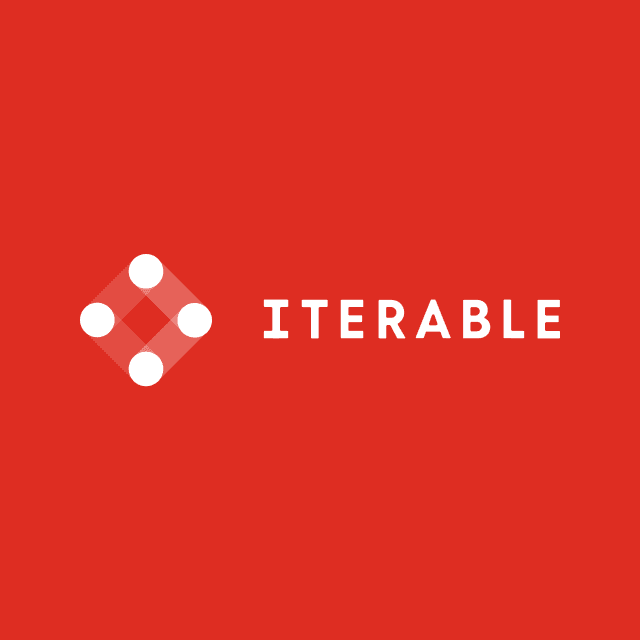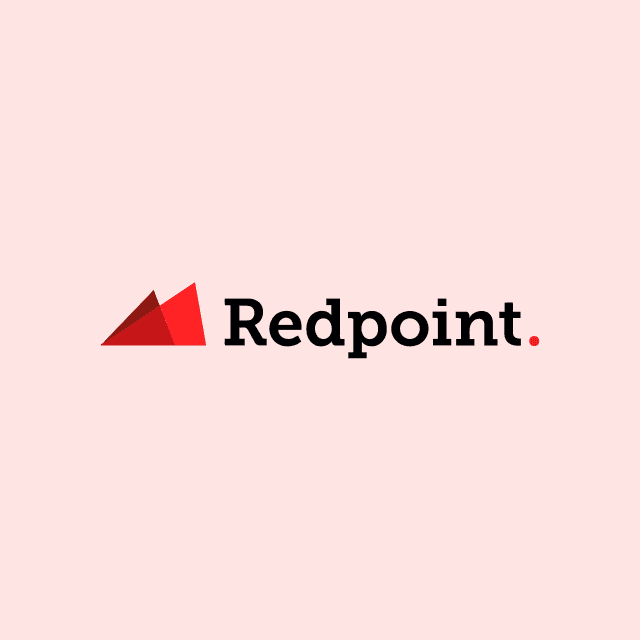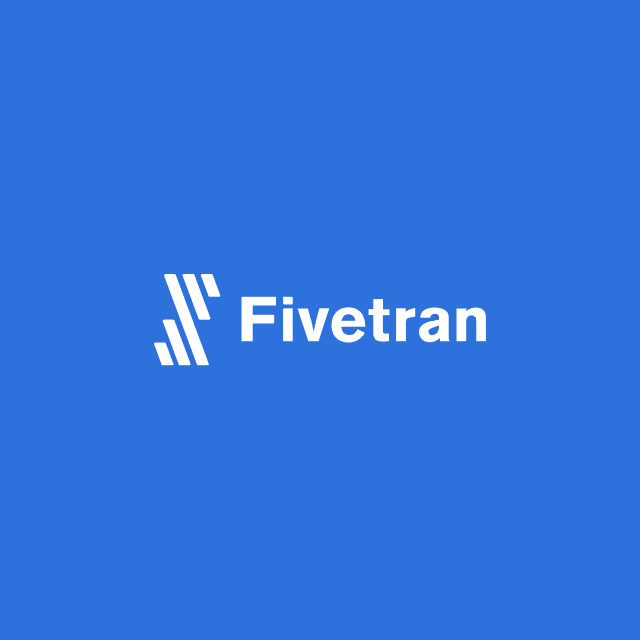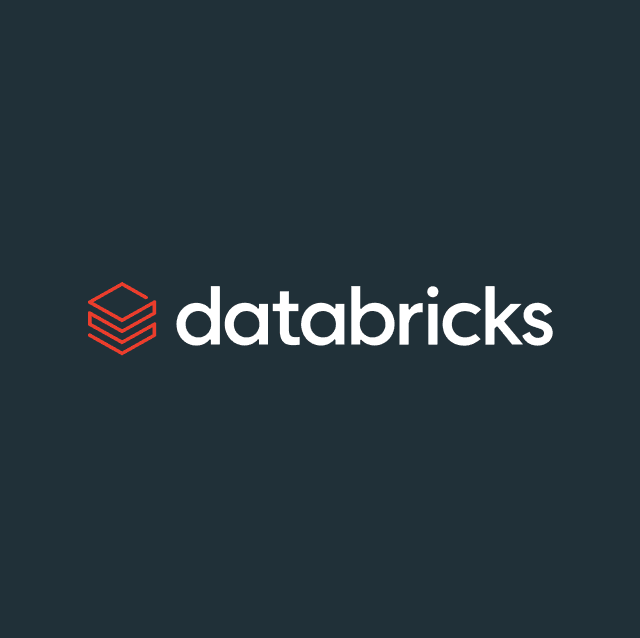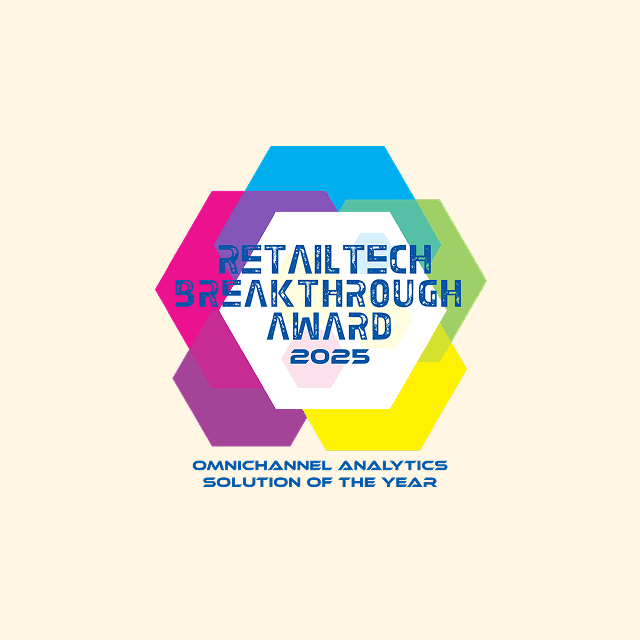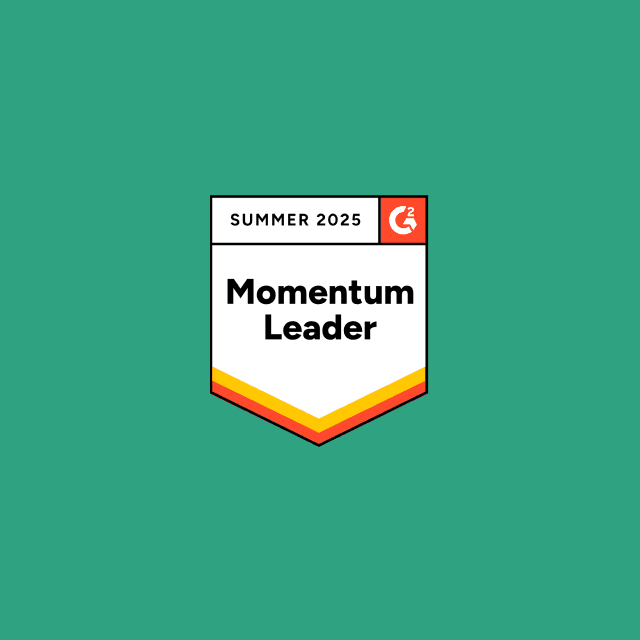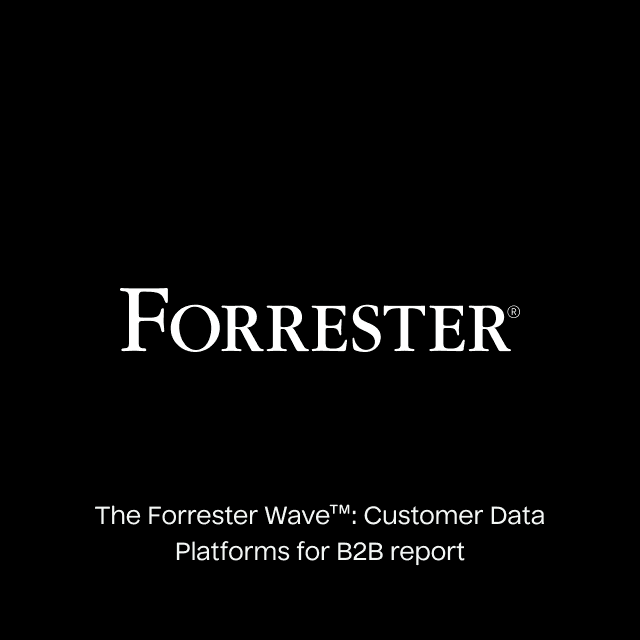If you're a big Salesforce or Adobe customer, you know one thing for sure - their next big push is data. Their sales teams are calling everyone to upsell them to their new data platforms - Adobe Experience Platform (AEP) and Salesforce Data Cloud. Data Cloud was Salesforce’s main product news of the last two Dreamforce conferences and practically every earnings call. Adobe is similarly focused on AEP. Why is this?
- It's indisputable that data is the new currency of business. Effective customer engagement is increasingly becoming a data problem (e.g., personalized marketing, or AI-powered sales research and prioritization).
- Enterprises are still struggling with data.
So the question is - should you adopt these new data platforms? At first glance, they're extremely exciting -- all your data and business workflow in one platform! Unfortunately, things aren't as great as they seem. We've worked with multiple customers who adopted and then abandoned these platforms. These are the most consistent failures we've seen:
- Adobe and Salesforce's data platforms aren't flexible enough for complex use cases
- It's too expensive to store data in these platforms, which limits how much you'll use them
- Customers must reboot their stack to take advantage of these data platforms
- The platforms themselves are not mature enough to adopt responsibly
Fundamentally, trying to make Salesforce or Adobe the source of truth for your enterprise data isn't the way. There's a better alternative: cloud data warehouses like Snowflake, Databricks, and Google BigQuery. These data warehouses are far more flexible, powerful, affordable, and mature than the data platforms in Salesforce or Adobe, and they can ultimately power more use cases.
It's time to break out of the Adobe and Salesforce data jail by harnessing your cloud data warehouse. Let's dive in.
The history that led to Adobe Experience Platform and Salesforce Data Cloud
For most of the history of marketing, sales, and support technology, the underlying data structure of any given application was not a huge concern for most people. Every application housed all the data it needed in its own database, in a schema that made sense for that tool. For example, Marketo stored data for email sends and analytics, while Salesforce CRM did the same for account and sales data.
This worked for each tool individually, but there are literally tens of thousands of marketing tools - each with its own database. At the same time, customer data has increased from just a few data points and attributes per customer to potentially hundreds or thousands of attributes.
The disjointed nature of all these tools and their distinct databases means companies can't deliver the coherent and optimized customer experiences they're seeking. Disconnected and disorganized marketing tools running on disparate data are not up for the task.
To avoid this problem, many enterprises have flocked towards "marketing clouds" like Adobe and Salesforce, which aim to offer solutions for every problem under the sun. But ironically, no one has felt the pain of disjointed tools and data more than Adobe and Salesforce customers. Adobe and Salesforce assembled their marketing clouds by acquiring independent technology companies. As a result, these suites contain many different applications, all running on distinct schemas and databases that don't talk to each other.
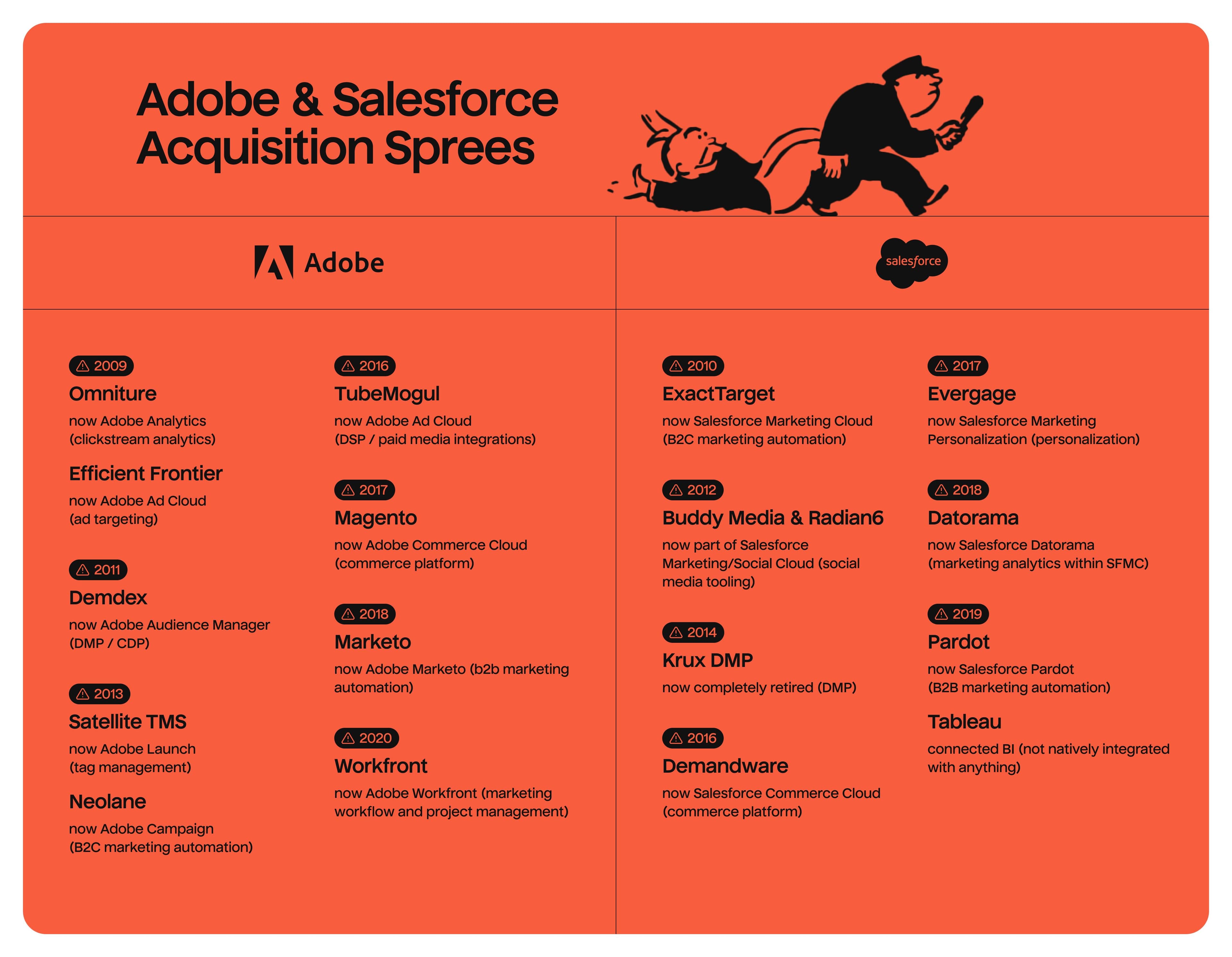
To connect these disjointed acquisitions, Adobe and Salesforce have mimicked Customer Data Platforms (CDPs) by building a data "hub" to feed the "spokes" of their various tools. The latest rebrands of these data platforms are Adobe Experience Platform (AEP) and Salesforce Data Cloud. Unfortunately, these data platforms are deeply flawed products– which we'll explore next.
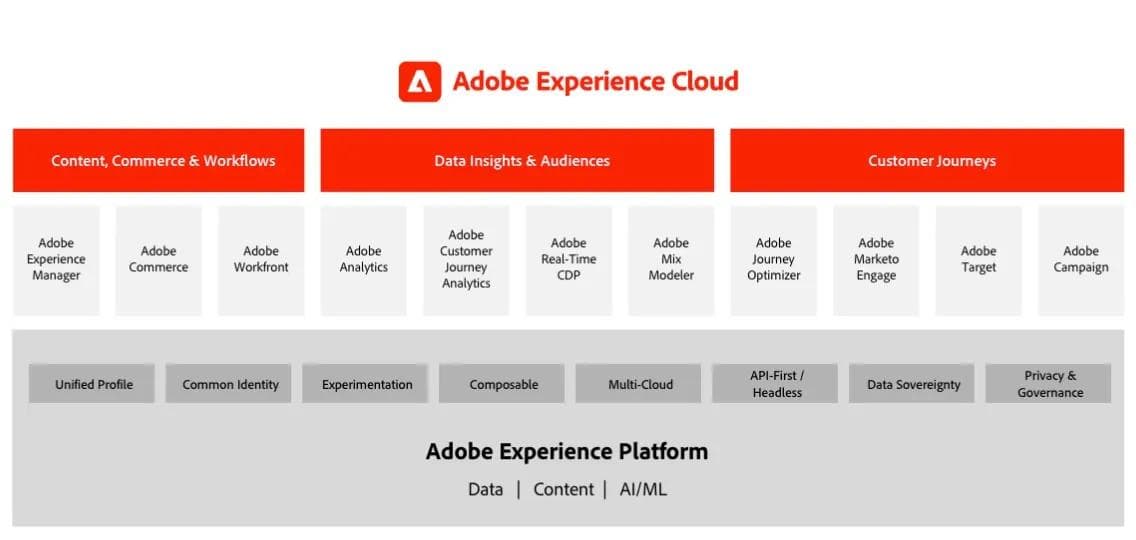
Suite data platforms like AEP and Salesforce Data Cloud claim to be central hubs to unify customer data and power all other suite tools. The reality is far messier. Source
Why the data platforms in Adobe and Salesforce fall short
There are four primary issues with Adobe and Salesforce's data platforms:
- They aren't flexible enough for complex use cases
- It's too expensive to store data in these platforms, which limits how much you'll use them
- Customers must reboot their stack to take advantage of these data platforms
- The platforms themselves are not mature enough to adopt responsibly
These data platforms aren’t flexible enough for complex use cases
We've worked with several companies that left AEP or Salesforce Data Cloud because they were unable to actually run personalized campaigns through them. Here are a few customer examples that illustrate how these platforms fail for complex use cases.
An insurance company wanted to use AEP to personalize campaigns to their customers based on their existing policies. Unfortunately, AEP doesn’t have a good way to represent non-user entities like accounts, devices, households, or in this case–insurance policies. AEP couldn’t handle the complexity of multiple policies per user, which really hindered this company’s marketing plans. The larger trend here is that both AEP and Data Cloud have specific and often limiting ways they expect data to behave, that fall short for many businesses. In contrast, cloud data warehouses are flexible and don’t restrict you to certain object types for your data.
A multinational conglomerate wanted to use data across multiple business units in Salesforce Data Cloud, but they couldn’t find a good way to partition their data by both business unit and geography to govern access for different users. This prevented them from onboarding more users to access this ungoverned data, because of the risk of misuse and breaches of compliance laws. Complex enterprises need the ability to scope data access down to the individual column or row, specific to any user or use case– which they can easily manage in data warehouses but not in AEP or Data Cloud.
Finally, a retailer wanted to use AEP to assemble a Customer 360 view so it could personalize campaigns for each customer. The records that AEP compiled had critical failures, collapsing profiles from multiple customers into single records. There was no good way to “unwind the clock” in AEP and undo mistakes made during data ingestion. Identity resolution is a complex challenge that requires flexibility and robust tooling–which AEP and Salesforce Data Cloud often fall short of delivering.
It's too expensive to store all your data in Salesforce and Adobe
There's no way around it: data platforms from Adobe and Salesforce are expensive. They need access to a vast amount of data to be useful, and you have to pay a hefty premium to store it. We worked with one Salesforce Data Cloud customer who wanted to utilize their transaction and clickstream data in the platform but couldn't afford the time, effort, and Salesforce bill it would require to ingest that data in the first place. Especially when all that information was already available in their data warehouse for a fraction of the cost.
Overall, the AEP and Data Cloud pricing models force customers to limit the data they send to the platforms, ultimately limiting ROI and the use cases that marketing teams can deliver. This is wildly counterintuitive in a world where data storage is extremely cheap and modern cloud data solutions like Snowflake and Databricks primarily charge for using data (compute) rather than storage. It is a legacy model.
You have to reboot your stack to use these data platforms
No one starts with a blank slate when they encounter the new data platforms from Adobe and Salesforce. Inevitably, they have a mix of new and "legacy" technology from Adobe or Salesforce, plus all kinds of tools from other vendors.
Even within the Adobe and Salesforce ecosystems, you must migrate to "new versions" of each marketing tool to use their data platforms. For example, look at Adobe's email tool, Adobe Campaign. Adobe Campaign Classic (v7), the older version that most enterprises still use, hosts data on legacy database architecture and doesn't integrate with AEP. We've worked with several enterprises that pay for AEP and Adobe Real-Time CDP, who still have to use S3 bucket drops to get data into Adobe Campaign! Adobe Campaign (v8) is the new version that integrates with AEP, but requires a messy and expensive migration to upgrade. Recently, a marketing leader at a Fortune 500 company shared that they'd need to undergo a whole week of downtime on their email campaigns to upgrade to the new version of Adobe Campaign.
Salesforce is also forcing migrations. For example, it is entirely sunsetting audience segmentation features within Salesforce Marketing Cloud and asking customers to move all audience building “upstream” to Data Cloud, locking them into more spend.
And what if you use Iterable, Attentive, or Braze? The truth is that Adobe and Salesforce Data Platforms are sparse on connectivity to other platforms. It’s not a priority for them because the whole point is to keep you locked up in their ecosystem. Yes, you can integrate with other solutions using Mulesoft and APIs, but that’s again more spend and work to build and manage those connections.
The data platforms are not mature enough to adopt responsibly
Companies that adopt AEP or Salesforce Data Cloud risk buying under-developed products that won't accomplish what they set out to do… while costing a ton of money and taking 12 months or more to implement.
These platforms are not only difficult to implement - often costing as much in consulting services as software fees - but they also struggle with speed and scale, especially compared to data warehouses like Snowflake and Databricks. This really matters at larger enterprises, which need to operate tons of campaigns and audiences– quickly– to run effectively. For example, the primary method of updating audiences via batch processes in AEP only runs every 24 hours. Furthermore, AEP's "performance guardrails" show that you can't expect good performance if you have more than 250 audiences mapped to a destination, for example. That's not a lot in an enterprise context, and it's just the tip of the iceberg for their "guardrails."
For data teams in particular, the functionality of AEP and Salesforce Data Cloud is also really limiting, especially when compared to cloud data warehouses. They have strict requirements on how data is ingested and stored. They offer few ways to interact with, manipulate, or query data. Lastly, there is practically no integration with data tools like Airflow, dbt, or BI, which have become fundamental to how data teams work.
More generally, there's often a significant gap between what these platforms promise to do and what's actually developed. Salesforce, for example, has been promising "zero-copy" solutions to integrate with data warehouses since September 2022, but from conversations with our customers, we know that these functionalities didn't exist in any format until very recently and are limited and conditional even now.
Generally speaking, we expect Salesforce and Adobe to continue touting more "integrations" with data warehouses and lakes in the future because they know that their own data platforms are not powerful enough to replace them. Most enterprises will adopt data warehouses, so Adobe and Salesforce have to convince the market that their data platforms are a good addition to the warehouse.
Break free by owning your data
Businesses have realized there's a simpler way to power marketing tools with their data: a Composable CDP activates the complete data from your data warehouse. This approach replaces Salesforce's or Adobe's data platform, which primarily serves that suite, with a data platform you already own. A Composable CDP can power every tool you need with the data from your data warehouse, including tools inside suites like Salesforce Marketing Cloud and Adobe Target.

The Composable CDP is the control center on top of your data warehouse. The data warehouse becomes the platform that powers all your marketing and operational tools.
By leveraging your own data warehouse as the data platform across your Martech stack, you gain some essential advantages:
- Own your data - Your data is your company's best asset. You can store it in your own cloud and manage it directly from there rather than in a third-party tool. This architecture is more flexible and scalable and comes with massive security and privacy benefits since you're not storing all your sensitive data in yet another third-party tool.
- Deliver richer personalization with complete data - Marketing personalization, targeted advertising, and more all work better when powered by more data. The data warehouse and Composable CDP make it easy to power any of these use cases with complete data, and easily adapt to the custom entities that matter to your business, like accounts, households, pets, or insurance policies.
- Leverage the current and future work of your data and IT teams - Modern marketing and business teams need strong partnerships with data and IT teams, regardless of what solution you buy. When you power marketing and sales use cases with your data warehouse, that ROI will drive your data and IT teams to invest in your core data assets. If you buy yet another data platform in Salesforce or Adobe, your technology counterparts have to stand up and maintain yet another system, where they have less power and less data than in the data warehouse.
- Avoid unnecessary costs and unscalable pricing models - It doesn't make sense to buy a data platform you can't put all your data into due to its sheer costs. Avoid the high price tags and the scary usage-based overage bills in Salesforce and Adobe.
- Avoid vendor lock-in - SaaS vendors lose all sorts of leverage to maintain or upsell you into more of their products when they aren't the sole repository of your data. It's easy to add and swap products around your owned data, which you can keep no matter which tooling you choose. This makes it trivial to try things like testing alternative email platforms or adding new paid media channels. Given the importance of data, it only makes sense to control your own destiny if you can.
Get out of data jail
The future of marketing technology is clear: as data becomes the currency of marketing, gravity is shifting towards the businesses themselves, not third parties like Salesforce or Adobe. This shift in power presents a significant challenge for Adobe and Salesforce. You shouldn't settle for their data platforms' high costs, vendor lock-in, and the constant need for expensive migrations to keep pace with ever-evolving product roadmaps. You don't need to get stuck in their data jails.
By building your own data foundation in a data warehouse, you can improve performance, grow faster, and develop a stronger data-driven strategy. You can keep the marketing tools you like in your suites, such as Salesforce Marketing Cloud—just power them from your warehouse rather than through an inadequate and expensive in-suite platform.
If you're struggling with data in Salesforce or Adobe, or want to figure out how to use your own data infrastructure to fuel your growth, grab some time with our solutions team or reach out to me at tejas@hightouch.com.
Note: On 6/28/24 We removed a reference suggesting the only AI you could only use with Salesforce Data Cloud was their proprietary product. It's possible to use other AI technologies in combination with Data Cloud.




